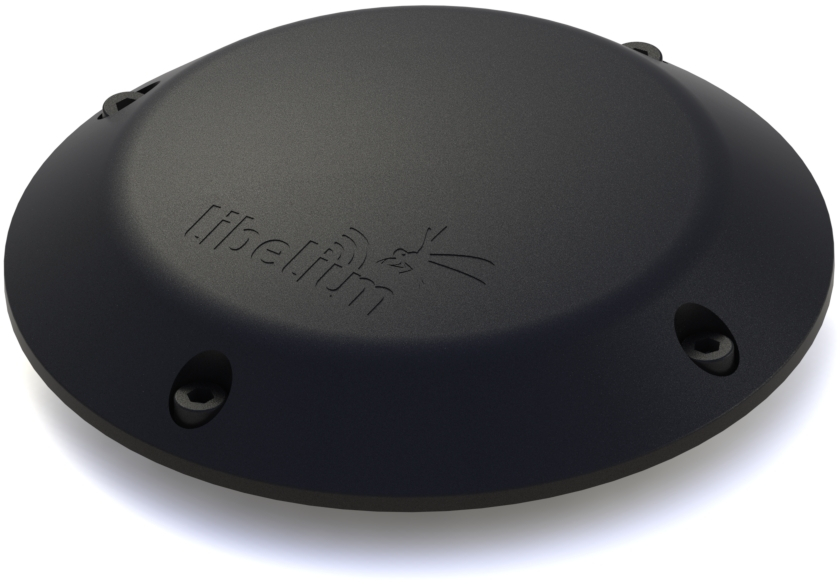Network architecture
The network architecture of Smart Parking is based on the next elements:
- Smart Parking node
- LoRaWAN base station
- LoRaWAN Network Server
- Libelium Cloud

Smart Parking node
The Smart Parking node is the device installed in each parking slot. When the device detects a change of the parking slot status (free/occupied), it sends a frame to the LoRaWAN base station.

LoRaWAN base station
The LoRaWAN base station (also known as gateway) must be installed in the surrounding area next to the parking nodes. It receives data and forwards it to the LoRaWAN Network Server. Libelium distributes base stations for LoRaWAN networks. All of them have LoRaWAN connection; some feature Ethernet, WiFi or 4G connectivity too. Some base stations are ready to work outdoors (IP67 grade). Some of them come pre-configured for certain LoRaWAN network servers (see next section). Also, some of them integrate an embedded LoRaWAN Network Server.

LoRaWAN Network Server
The nodes registration must be done in the Network Server in order to receive LoRaWAN data from all nodes in the network. Each node must be registered with an identifier and some encryption keys so the Network Server can receive and decrypt the packets successfully.
The LoRaWAN Network Server purpose is to translate data from the LoRaWAN wireless network to an IP network. Therefore, when Smart Parking nodes packets are received, a callback is performed in order to send data to Libelium Cloud.
Libelium Cloud
The LoRaWAN Network Server connects to the final server: Libelium Cloud.
Libelium Cloud permits to receive, decode, store and exploit data. The user can also redirect data to a 3rd party IoT cloud (Amazon Web Services, Microsoft Azure, etc). This retransmission is done thanks to the cloud connectors running on Libelium Cloud.
In addition, Libelium Cloud allows the user to update the settings of each parking node (sleep time, keep-alive time, night-mode, etc). The update is done remotely via LoRaWAN downlink radio packets.
